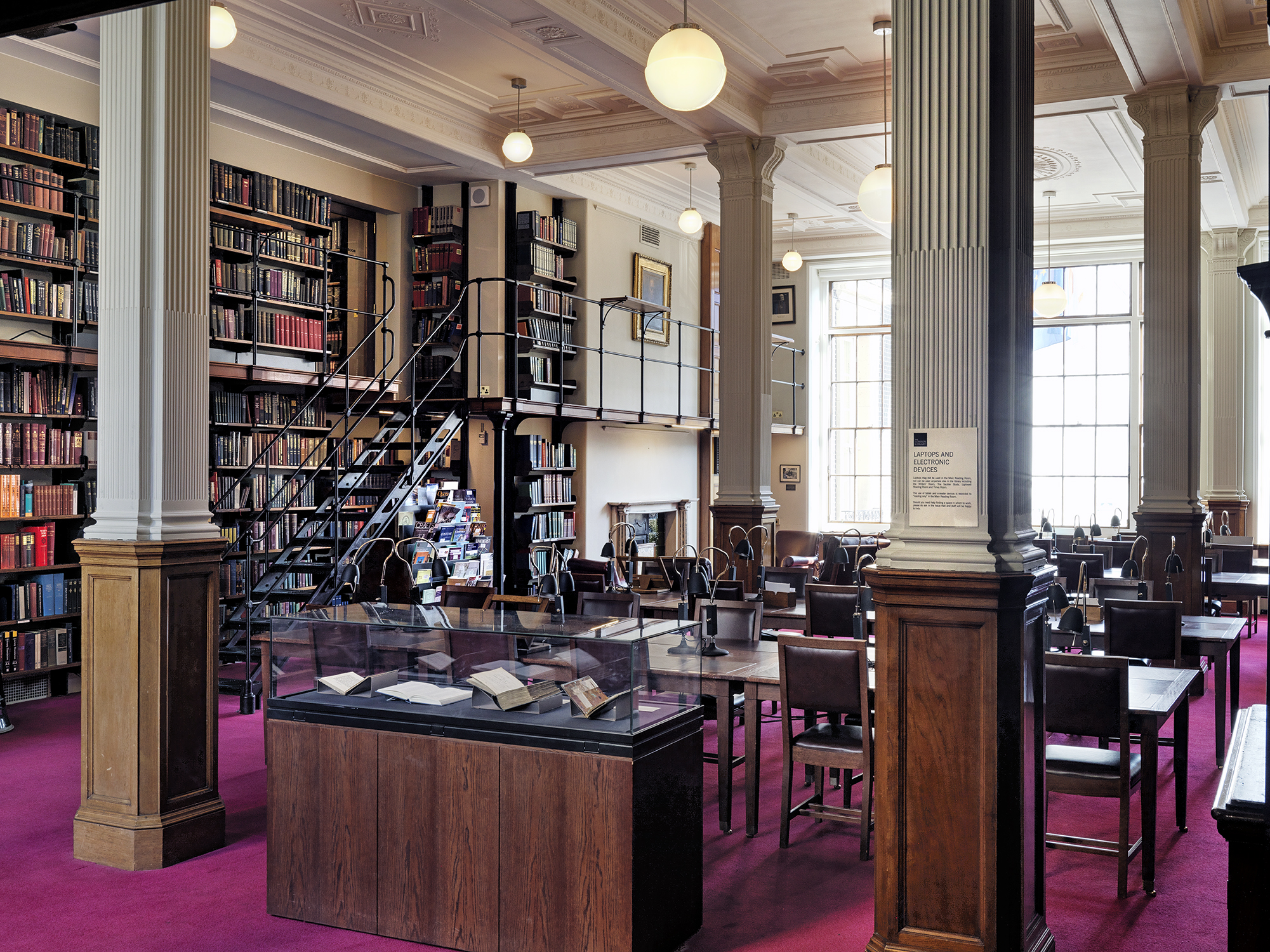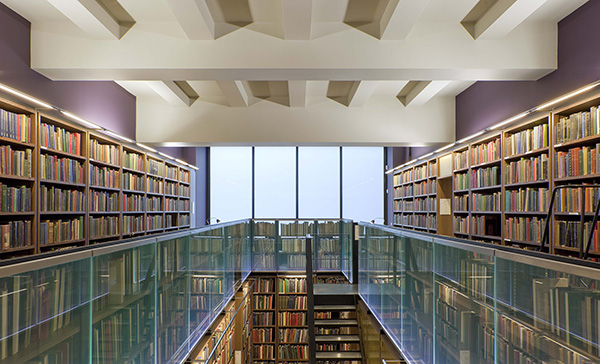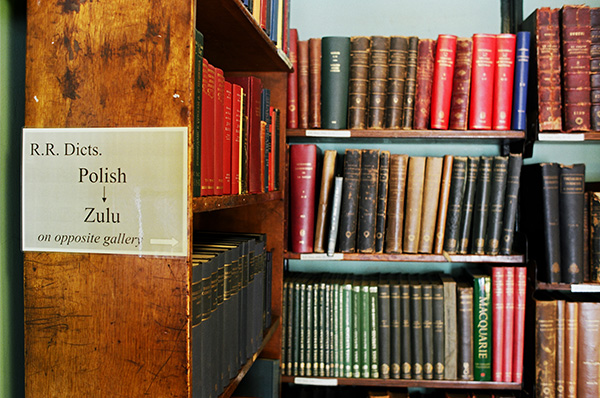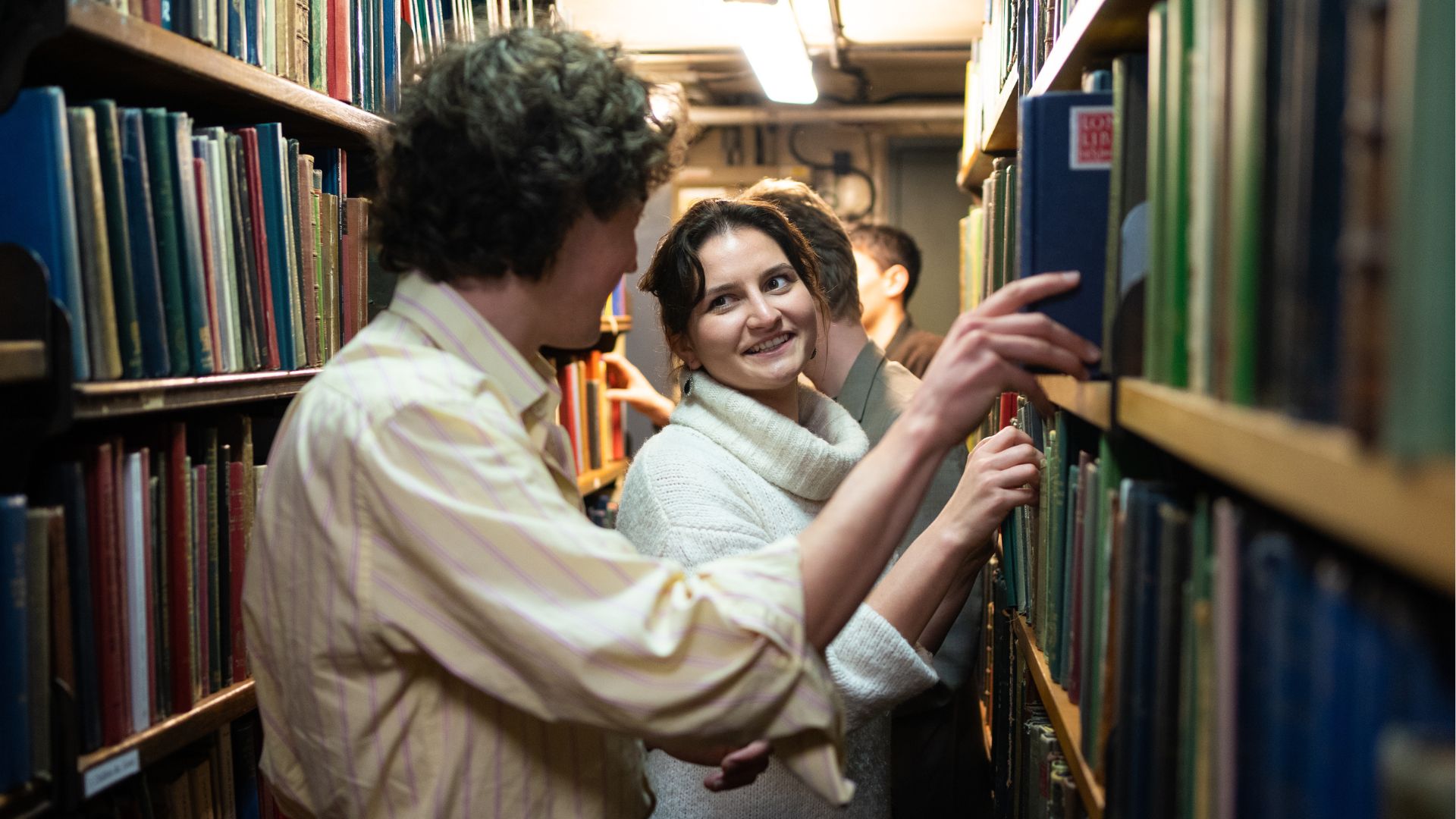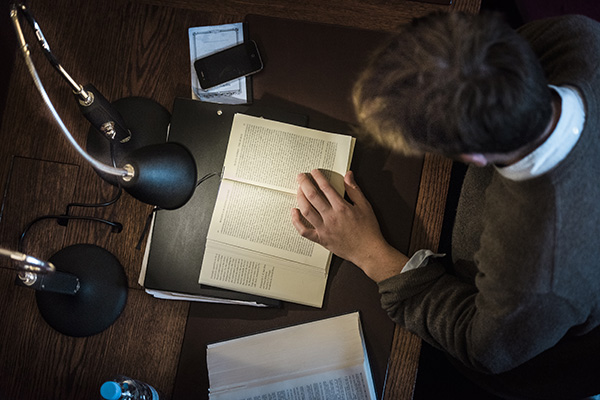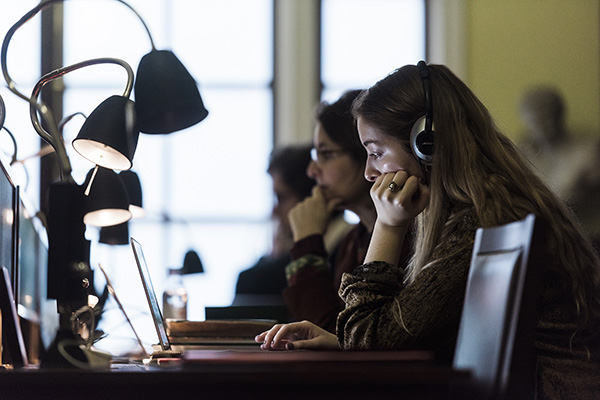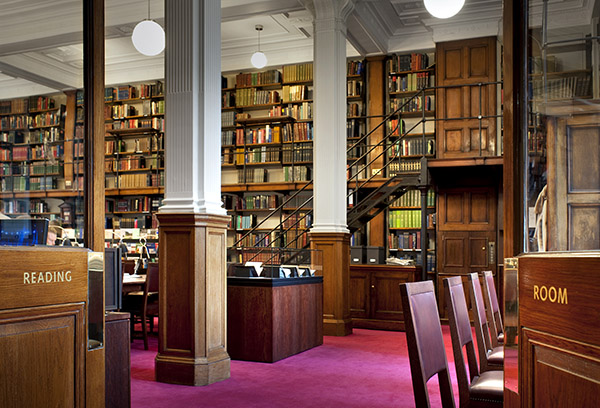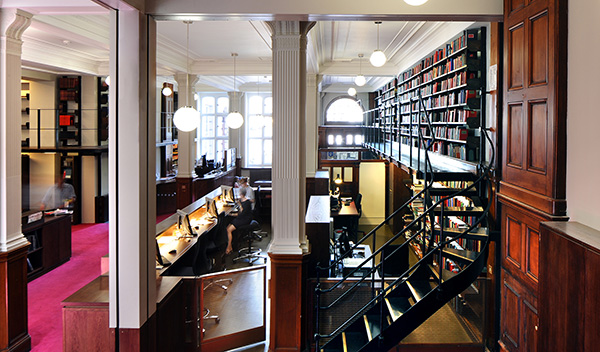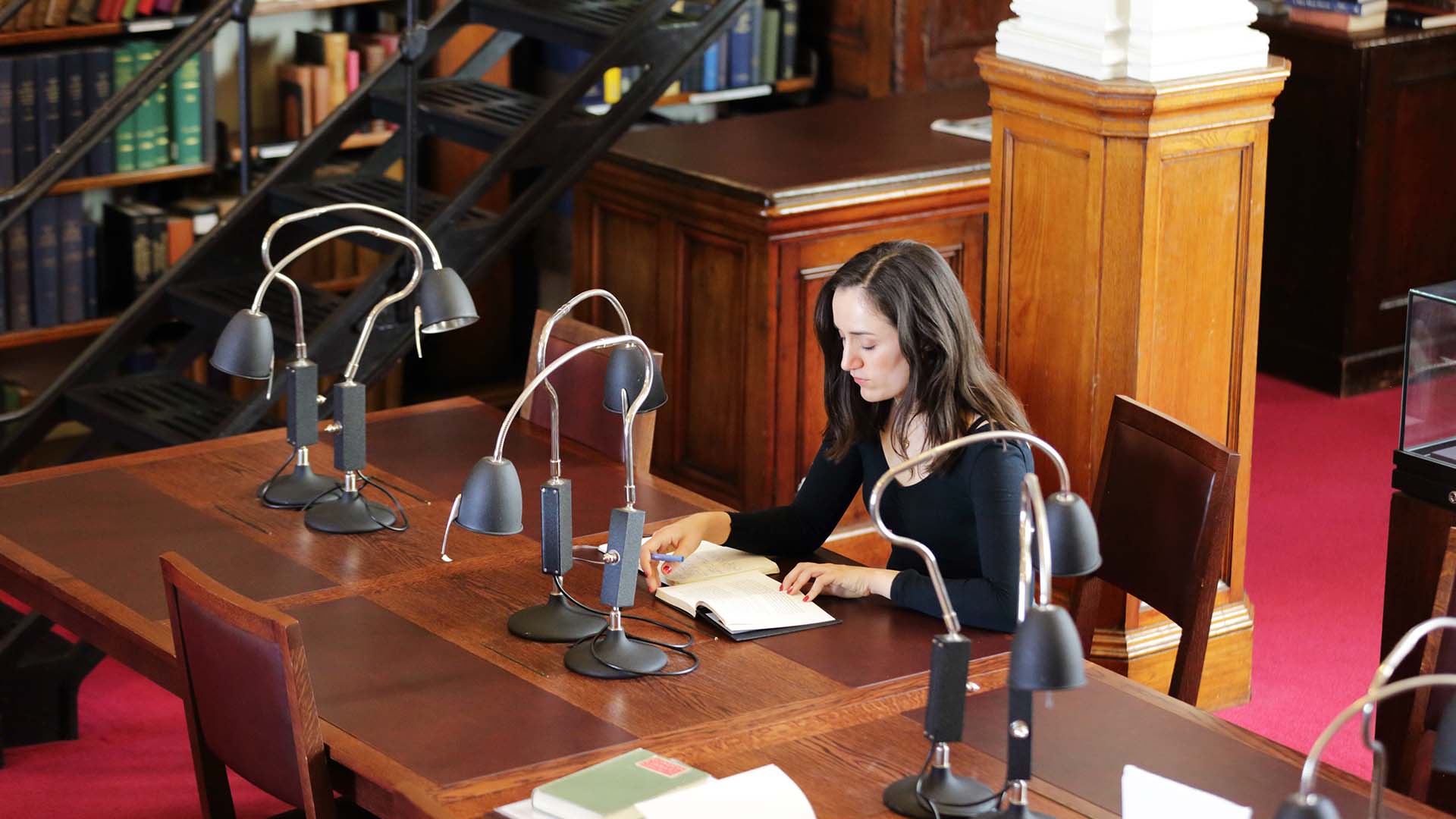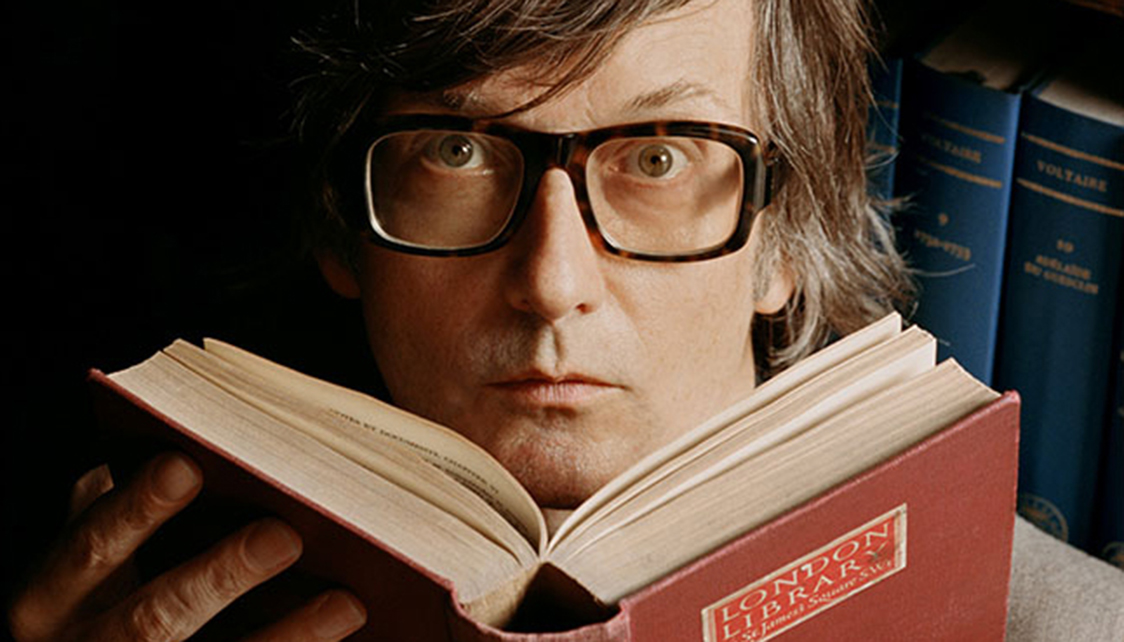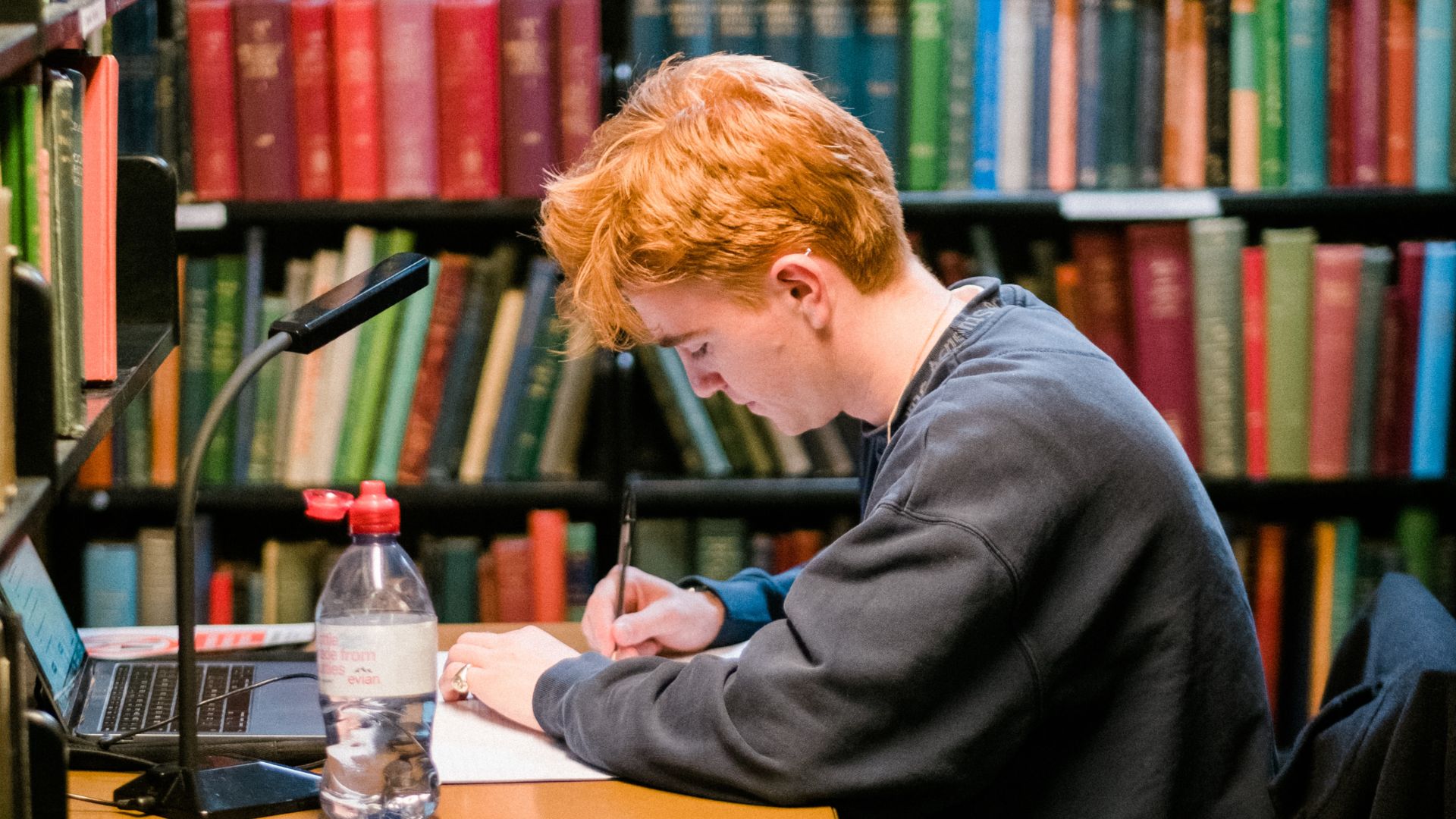On Wednesday 6th November we had the pleasure of welcoming guests to a Gala Dinner hosted by our President Sir Tim Rice.
The event was arranged to raise funds for the Library and in particular for its Emerging Writers Programme which was launched early this year to support aspiring writers at the start of their literary careers. The Programme has proved immensely popular – receiving 600 applications for the 38 places that were available during the year. Applications for the 2020 programme will be launched in the New Year, with the programme again featuring a package of support including membership of the Library, access to its extensive resources, plus masterclasses and networking support.
Guests at the Gala event – with the dress code lightly themed as “your favourite literary character” - included Ian and Victoria Hislop, Simon Schama, Pink Floyd guitarist David Gilmour, author and TV presenter Gyles Brandreth, writer and broadcasters Patrick Marber and Ian Skelly, theatre and film director Josie Rourke, and Daisy Goodwin, author and producer of the international bestselling book and TV series, ‘Victoria’. And we were delighted to welcome Monica Parle, one of the 38 participants on this year’s Emerging Writers Programme.
Over dinner in the Reading Room the Cantabile vocal quartet performed a range of literary-themed songs, including the humorous tribute to The London Library, personally written by Sir Tim Rice. Guests were also treated to readings by actor and comedian John Sessions and by cast members of the Victoria series – Jordan Waller and Anna Wilson-Jones.
The evening’s fundraising focused on a special auction featuring a number of items donated by Library members which included: coffee with Bill Bryson; the chance to adopt one of the London Library books that Bram Stoker personally used to research Dracula; a weekend stay at Jasper Conran’s Marrakech hotel; the chance to appear as a character in William Boyd’s next novel, due to be published in 2020; and, of course, a signed copy of Tim Rice’s London Library song, one of the many moments that had helped make this evening such an enjoyable and memorable occasion.
At the time of writing, the gala has raised £60,000 through ticket sales and donations and we are extremely grateful to have received such generous support.



The London Library is delighted to announce that celebrated theatre and film director Josie Rourke has been appointed as one of the Library’s Vice-Presidents.
Josie has been a London Library member since 2001, joining at the beginning of a theatre career which has encompassed central roles at the Royal Court and the Bush Theatre and a 20-year association with the Donmar Warehouse. She was appointed Artistic Director of the Donmar in 2011, becoming the first woman to hold the role and the first female Artistic Director of a major London theatre. Her first film, Mary Queen of Scots, starring Saoirse Ronan and Margot Robbie, was released in 2018 and it has recently been announced that her Olivier award-winning Donmar production of City of Angels will transfer to the Garrick Theatre in March 2020.
As a Vice-President at The London Library Josie will have a particular focus on developing the Library’s support for emerging playwrights as part of its wider Emerging Writers Program.
Josie commented “When I first moved to London, with the hope of working in theatre, The London Library was a place that made me feel part of the city and its literary traditions. It was a resource, a haven and a joy, and I am proud to become associated with an institution with an exceptional connection to the world of theatre, and many leading playwrights. Becoming established as a writer is a huge challenge, and those embarking on a writing career need all the support they can get. I am excited to be helping The London Library in its work to encourage and nurture future playwriting talent from all backgrounds.”
Josie joins fellow Vice-Presidents Tom Stoppard, Alexandra Shulman, Paul Boateng, Jeremy Paxman, Nicholas Barker, Antonia Fraser, Caroline Michel and the Duke of Devonshire.
Sir Howard Davies, Chairman of The London Library commented, “We are delighted that Josie will be joining us as Vice President at The London Library, bringing her unique mix of drive, energy and artistic creativity to an organisation that occupies a very special place in the UK’s cultural life”.
Read more: Josie Rourke becomes a Vice-President of The London Library
The Library’s 178th AGM took place on Monday, 4 November, and agreed the trustees’ proposal to increase the ordinary annual fee by £5 from £535 (£44.58 per month) to £540 (£45 per month) in 2020. This represents a below-inflation increase of 0.9%. Proportionate increases will be applied for the other annual membership categories. Life Membership will be broadly increased by 1.9% in line with expected inflation. The ordinary annual fee for those paying by annual direct debit will remain at £510.
It was agreed that the maximum age for Young Person Membership will be increased from 26 to 27.
The meeting also approved the election of trustees Howard Davies, Will Harris, Giles Milton and Rick Stroud (who were all eligible for a second, and final, term), the election of Alain Aubry for his first term and the appointment of theatre and film director Josie Rourke as one of the Library’s Vice-Presidents.
This Autumn, The London Library will play host to an eclectic and thought-provoking programme of evening events which sees it partner with the Josephine Hart Poetry Foundation, Jewish Book Week and the Mayfair and St James’s Literary Festival, as well as continuing its partnership with The Bloomsbury Institute.
The mix of talks and performances from leading authors, thinkers and musicians including Max Hastings, Kavita Puri, Katherine Williams and Max Porter will take place in The London Library’s panelled and galleried Reading Room, with one event held at The Bloomsbury Institute’s HQ in Bedford Square.
Ticket prices vary from £6 - £20 and most events start at 18.45.
The London Library’s Autumn 2019 Events Programme:
Roger McNamee on Zucked: Waking Up to the Facebook Catastrophe, 18 September
A Silicon Valley investor for 35 years, Roger McNamee had early involvement in Facebook as a shareholder and a mentor to Mark Zuckerberg. In conversation with journalist Urmee Khan, he will discuss what he sees as the catastrophic failure of one of the world’s most powerful companies to face up to the damage its platform is doing to our democracy.
Kavita Puri on Partition Voices: Untold British Stories, 25 September
In partnership with The Bloomsbury Institute, award-winning BBC radio producer and broadcaster Kavita Puri will discuss her extraordinary new book, Partition Voices with Nikita Lalwani. Finally breaking the silence of the many people living in Britain, who witnessed the devastating events of Indian partition, Kavita Puri looks at the remarkable first-hand testimonies of South Asians, including her own father, who were once subjects of the British Raj, and are now British citizens.
Michael Peppiatt on The Existential Englishman: Paris Among the Artists, 15 October
In partnership with The Bloomsbury Institute, author Michael Peppiatt talks to Miranda France about his latest book which is a love letter to Paris and a memoir of a life spent at its bohemian heart. Please note that this event will be held at The Bloomsbury Institute’s headquarters on Bedford Square.
William Feaver on the Lives of Lucian Freud, 24 October
In partnership with Jewish Book Week and Insiders/Outsiders Festival, renowned art critic, William Feaver, discusses the first volume of his landmark new work of biography of one of the most important artists of the twentieth century.
The Josephine Hart Poetry Hour: Elizabeth Bishop & Christina Rossetti, 31 October
The work of Christina Rossetti (1830-1894) and Elizabeth Bishop (1911-1979), two of the finest poets of the 19th and 20th centuries will be brought to life on the 125th and 40th anniversaries of their respective deaths. Actors will perform work by each poet, including Rossetti’s astonishing and aptly spooky ‘Goblin Market’ in its entirety. Cast and directed by Shevaun Wilder in partnership with The Mayfair & St James’s Literary Festival. Please note this event will start at 18.30.
Max Hastings on Chastise: The Dambusters Story 1943, 13 November
In partnership with Jewish Book Week, Max Hastings discusses his latest book, a vivid account of Operation Chastise, the destruction of the Mohne and Eder dams in north-west Germany by the RAF’s 617 Squadron during the WW2 which was the inspiration behind the classic 1955 movie, The Dambusters. In the 21st century, Hastings urges that we should review this story in more complex detail, looking at the impact it had on the war effort, on the military personnel involved and on the local civilian population.
John O’Connell on Bowie’s Books, 20 November
Three years before he died, David Bowie made a list of the one hundred books that had transformed his life. Journalist John O'Connell explores this list in the form of one hundred short essays, each offering a perspective on the man, performer and creator that was Bowie, his work as an artist and the era that he lived in.
Oh Mother Where Art Thou?: An evening of music and poetry curated by Max Porter, 28 November
Award-winning novelist and poetry aficionado Max Porter curates and comperes this very special evening of poetry and music, exploring the theme of mothers – what it is to be one and what it is to have one. Performing their work will be a stellar line-up of contemporary poets: Emily Berry, Wayne Holloway-Smith, Rebecca Tamás and Mary-Jean Chan; with a live performance from the most literary of lyricists, Kathryn Williams.
Read more: The London Library Unveils Autumn Events Programme





